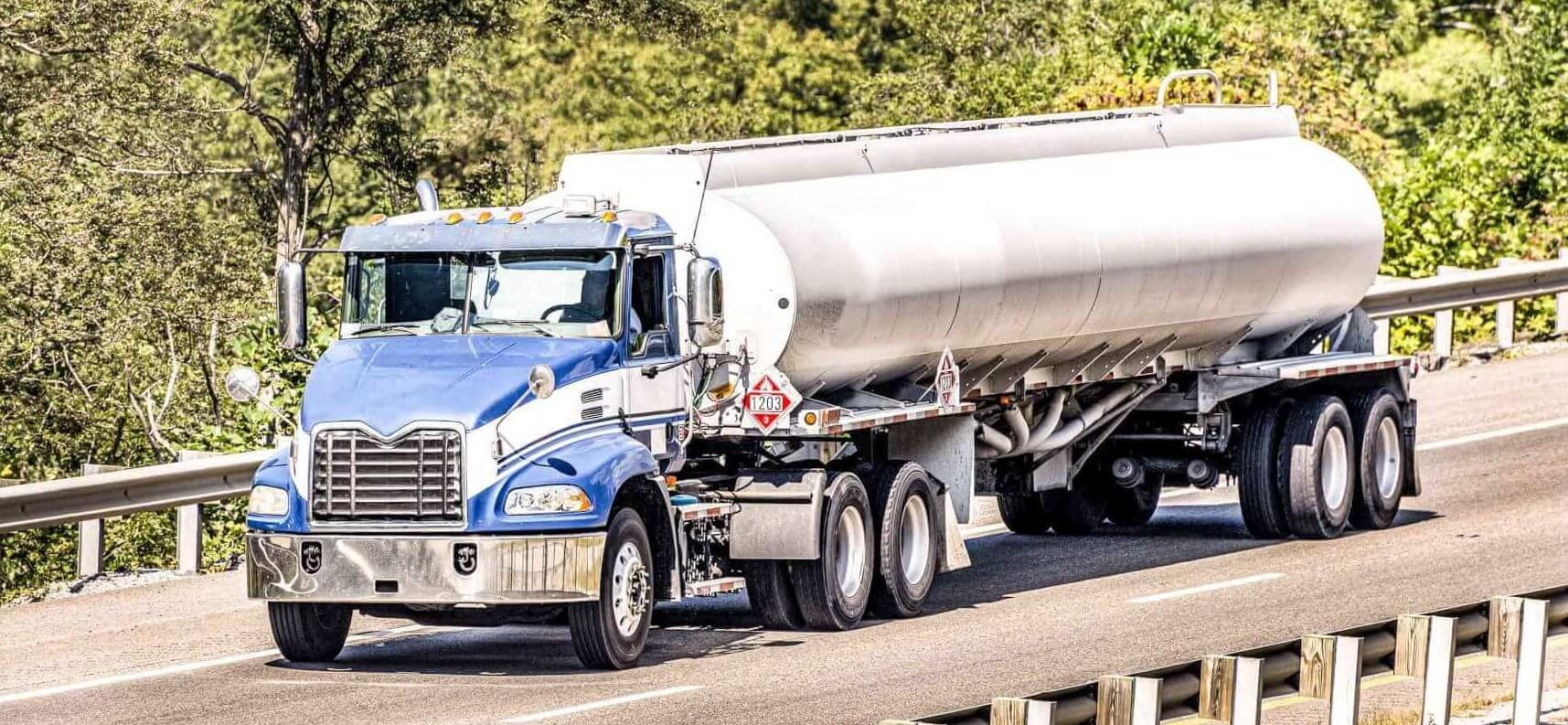
As every successful risk manager knows, you need reliable data to effectively prevent incidents. You also know that it can be hard to make good decisions when you rely on bad information that “everybody knows.”
If you ever had a nosebleed as a kid, you may have been told to tip your head back. Some people put butter on a minor burn because they believe it speeds up the healing process. Medical professionals don’t recommend either of these first aid “tips” but that doesn’t mean they aren’t still widely practiced.
Download Guide | Distracted Driving: 5 Strategies for Refocusing your Drivers on the Road
Since tanker rollovers are, to put it mildly, much more serious than a nosebleed, it’s important to know what really causes rollovers based on Department of Transportation (DOT) crash statistics and analysis. If you think cargo tanker rollovers are caused by any of the following, then think again:
- Drivers pushing the speed limit
- Bad weather
- Twisty roads
- Actions of other drivers
What Crash Stats Can Teach Us About Tanker Truck Safety
If none of those four above reasons cause tanker truck rollovers, then you may be asking – what does?
- It’s not bad weather; 93 percent of rollovers occur on dry roads
- It’s not other drivers. Fewer than one in five rollovers are caused by the actions of another driver
- It’s not truck drivers pushing the speed limit
- In 67 percent of incidents, the vehicle was traveling below the posted speed limit
- In 18 percent of rollovers, the vehicle was going the speed limit
Here’s a hint. Eighty percent of rollovers involved tankers “traveling straight as a last pre-crash movement” and the number of rollovers on straight roads has increased since 2007. Thinking back, what can you identify that now plays an enormous role in our lives but was just being rolled out as the next game-changing piece of technology in 2007?
If you guessed distracted driving because of smartphone use, then you guessed correctly. Smartphones have changed the way in which tanker fleet management has evolved thanks to the emergence of distracted driving. In fact, DOT researchers noticed as well that fleet distracted driving was a primary reason the number of tanker rollovers on straight roadways increased significantly.
When seeing the full picture, these statistics make a lot of sense. Tanker drivers are experienced and knowledgeable. They’re not going to speed, take twisty roads, take chances in bad weather or fully trust other drivers.
Breaking Down FMCSA Distracted Driving
Understanding the true cause of tanker rollovers is an important step toward incident prevention. According to the Federal Motor Carrier Safety Association (FMCSA), in 90 percent of rollover incidents, the rollover is not the first event. In other words, some other action triggers an event that incidentally caused a rollover.
A straight, dry road is the “ideal” environment for distractions. Smartphones and technology aren’t the only culprits. Common distractions also include:
- Eating or drinking
- Cleaning up a spill
- Fixating on an earlier argument with a dispatcher or customer
- Paperwork
- Looking for something
Split-second distractions cause even elite tanker drivers to lose focus. In that instant, the trailer wheels can drift off the roadway and pull the truck into a rollover — especially if the tank is only partially full. About 63 percent of rollovers involve tankers carrying partial loads.
Drowsiness is another type of distraction. Studies have shown drowsy driving is just as dangerous as drunk driving (and much more common). If a tanker driver dozes off behind the wheel, they can veer off the roadway and rollover or wake up, suddenly then overcorrecting and causing a rollover.
Distractions will forever be part of our society thanks to the attached at the hip nature of humans and our phones – and unfortunately, these distractions don’t stop when entering the cab of a tanker truck.
We’re here to tell you that there’s room for improvement in ways to prevent rollovers and effectively combat distractions behind the wheel. To learn how you can reduce risk and prevent distracted driving, download our guide below.




